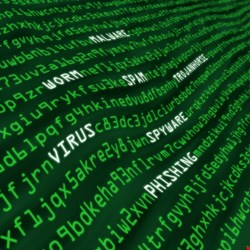
The impact of malware, the PandaLabs report suggests, has been more damaging in 2009 than in any other year to date. In 2009, hackers managed to squeeze more money out of their malfeasance than in any prior year, while supplying a near-endless stream of new malware samples. According to PandaLabs, 55 000 new samples of malware were discovered by information security organizations every day. The PandaLabs’ data indicate that indeed more new malware was developed in 2009 than during their 20 previous years of tracking computer viruses.
In what can be considered a troubling development, cybercriminals have tapped into SEO optimization techniques to scam the web’s most frequently used search engines in an effort to distribute malware. The past year saw a sharp increase in such attacks, as unsuspecting web surfers clicked on items listed in search engines such as Google, opening up their systems to malware attacks. PandaLabs noted that even individual users and organizations that employed proper and comprehensive security measures were not immune to the blossoming of widespread malware attacks. It cited a string of February 2009 attacks in which visitors to eWeek’s site initiated malware strikes via the launch of Google’s DoubleClick ad banners. Panda also referenced a similar attack in September of 2009 through the New York Times website, one of the most frequently visited and popular sites in the US.
Perhaps the most disturbing trend from 2009 involves the prevalence of malware on machines throughout the world. Panda cited data from ActiveScan 2.0, which provides a free online service whereby users can scan their computers to determine if it has been infected by malware. US computers clocked in at a 50% infection rate according to ActiveScan’s numbers. Not nearly as bad as the 62% of computers infected by malware in Taiwan, but far more than roughly 32% of computers infected by malware in Sweden, which came in at the bottom of the list. Still, if you take these figures into consideration, and you’re a US household with two computers, then it is likely that at least one of them is infected with malware.